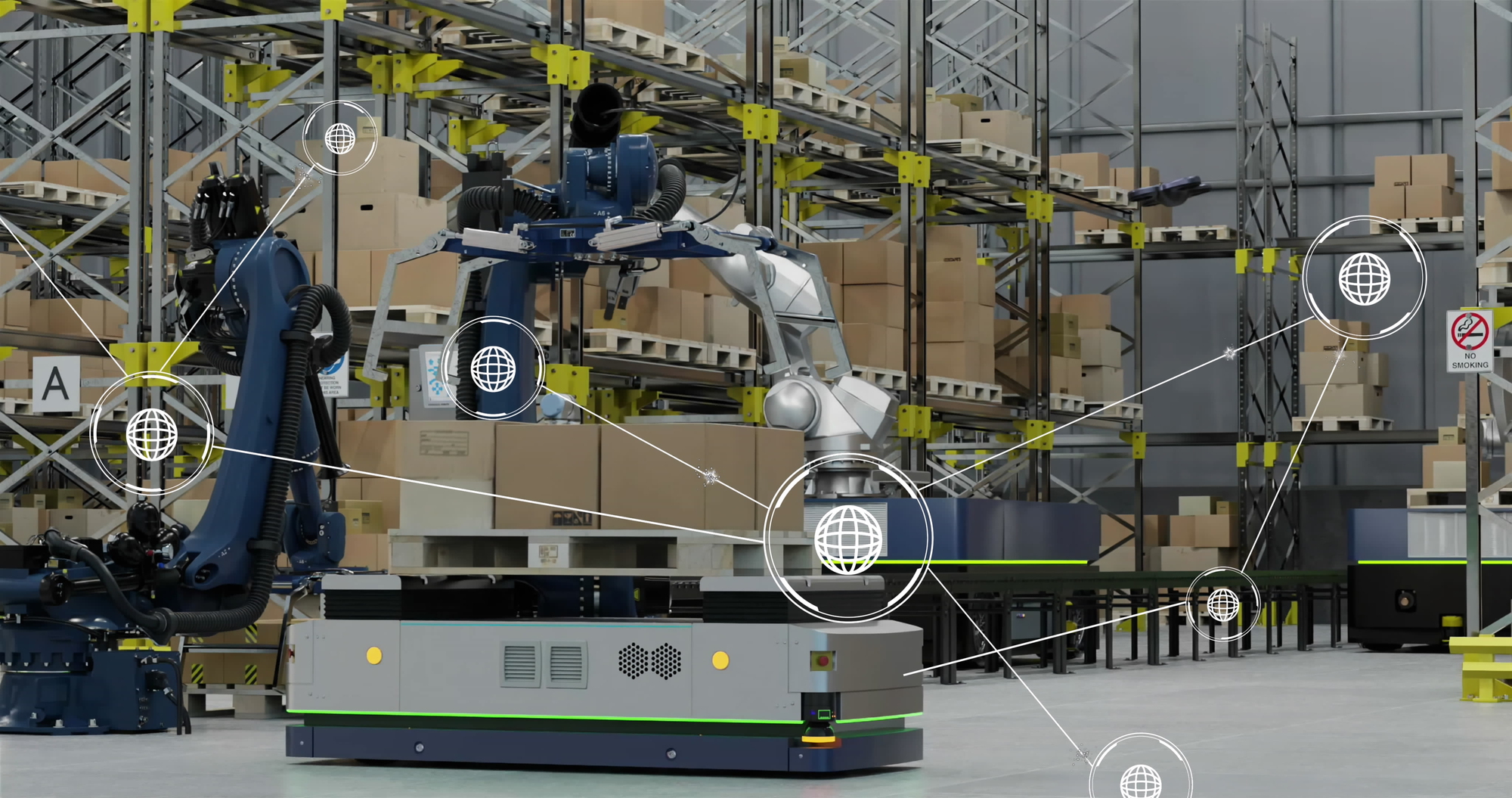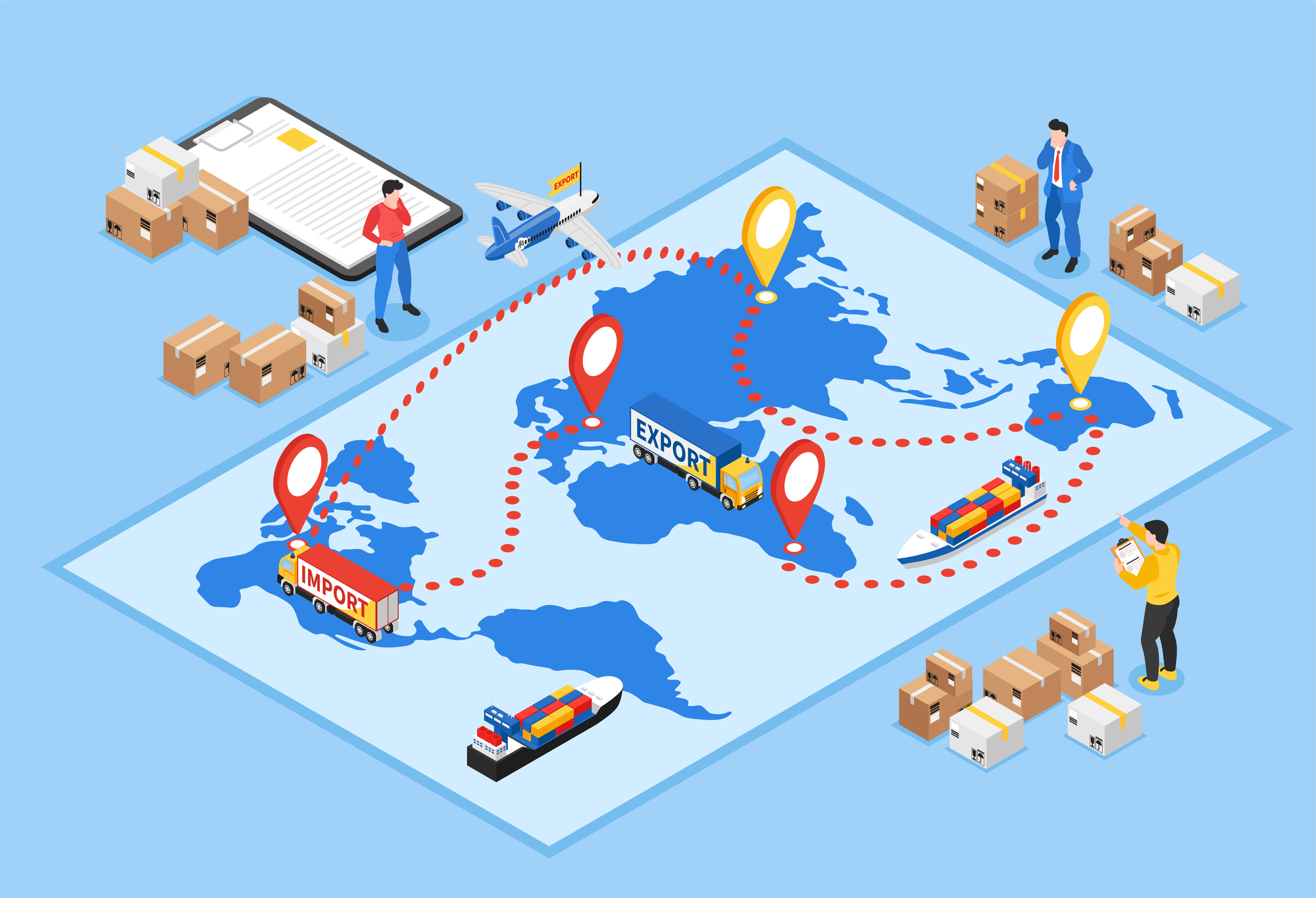Posted by Jim Owens on Thu, 07/29/2021
The COVID-19 pandemic highlighted the manufacturing industries inability to overcome major supply chain disruptions and exacerbated several of the challenges facing the procurement, storage, and use of the materials factories need to maintain production. When maintenance, repair, and operations (MRO) supply is managed correctly, it provides a source of sustainable competitive advantage. When it is left to chance or treated as an afterthought with little integration with other strategic business functions, however, MRO becomes a drain on management resources and a source of unnecessary costs.
That’s why SDI has published MRO 2025, a comprehensive guide to managing the MRO digital supply chain. In the guide, author Jim Owens, SDI’s Chief Growth Officer explains that until the last several years, most organizations neglected their MRO process. COVID-19 accelerated the demand for an integrated digital supply chain for MRO. But while digital technologies in most manufacturing operations have followed a natural evolution, their use in MRO remains disjointed, with confusion over its practical implementation and few benchmarks to gauge performance.
The Problem
Owens, a member of the advisory boards for both the Penn State Center for Supply Chain Research (CSCR) and ConnexFM, notes that the current state of the MRO supply chain is plagued by four shortcomings:
- Functional silos that hinder integration and suboptimization within silos, creating delays, errors, and ill-informed decision-making.
- Gaps in management responsibilities, overlapping responsibilities, and redundant efforts. “When everyone is responsible, no one is accountable,” Owens says.
- Conflict rather than cooperation within departments. Managers are forced to compete for scarce resources and develop goals that promotes their division rather than the organization’s shared mission.
- Repeated failures, acceptance of mediocrity, resistance to change, and inertia that stymies the desire and suppresses the appetite to introduce and follow through on potential process improvements.
The Process
MRO 2025 is a blueprint for building a sleek, responsive MRO digital supply chain. It explains the technologies, the steps manufacturers can take to adopt them, and the cultural shift required to use them to their fullest advantage. The white paper urges companies to adopt an attitude of acceptance toward digital technologies and a flexible approach to its implementation. A culture that values continuous improvement, iteration, collaboration, and problem-solving will make innovation and digital transformation easier and more profitable, not only in the MRO space, but enterprise wide. Owens concludes the guide with a three-step plan for initiating the digital supply chain, making it work, and futureproofing it as companies grow:
- Think Big: Know what you want your MRO digital supply chain to look like in 2025. That vision will help you identify the skills, technologies, and processes you need to make it happen.
- Start Small: While the digital supply chain of 2025 cannot be built overnight, there are several MRO components that can deliver small victories that generate momentum, buy-in, and enthusiasm to progress to the next step. Small wins include reducing the time spent searching for parts and waiting for lineside delivery; making maintenance predictive and proactive, and reducing excess and obsolete materials from inventory.
- Scale – and Fail – Fast: Building on the successes achieved in Step 2, quickly expand the digital supply chain’s reach and scope. Fight “paralysis by analysis.” Adapt technologies to your workflow. Some will not pan out, and that’s OK. Just get rid of them before they drain too many resources and concentrate on other solutions in the pipeline.
Your Partner
Automation and integration through emerging disruptive technologies was well-established before COVID-19’s onset. Driven by the emergence of ecommerce and its convenient digital ordering, payment, and delivery processes, business clients have installed digital supply chain applications that make MRO more visible, more agile, and less risky. The successful firms of 2025 and beyond will not only leverage these advancements, but they will also choose technology partners to ensure they develop their own and tailor them to the organization’s unique workflows. A digital supply chain partner that specializes in MRO (especially the supplies and materials that have proven indispensable during COVID-19, such as cleaners, personal protective equipment, and critical spare parts) can design and manage a dynamic digital supply chain to ensure your MRO department grows along with its responsibilities and strategic importance.
- Understand that MRO is as vital to operations as production, finance, and marketing, and integrate MRO with all these related functions.
- Establish responsibilities and “buck stops here” oversight to assure tangible results and continuous improvement.
- Institute an enterprise-wide view of change and nimbleness as essential to meeting the changing expectations of internal and external customers: user experience, navigation, visibility, repeatability of outcomes, and institutional control.
As the leader in MRO technology and management, SDI can optimize a program to ensure your business fulfills the promise the digital supply chain offers. Contact us to schedule a baseline review of your level of digitization to assess needs, risks, and costs. From there, we will customize a plan that will put you on the path toward MRO 2025.





